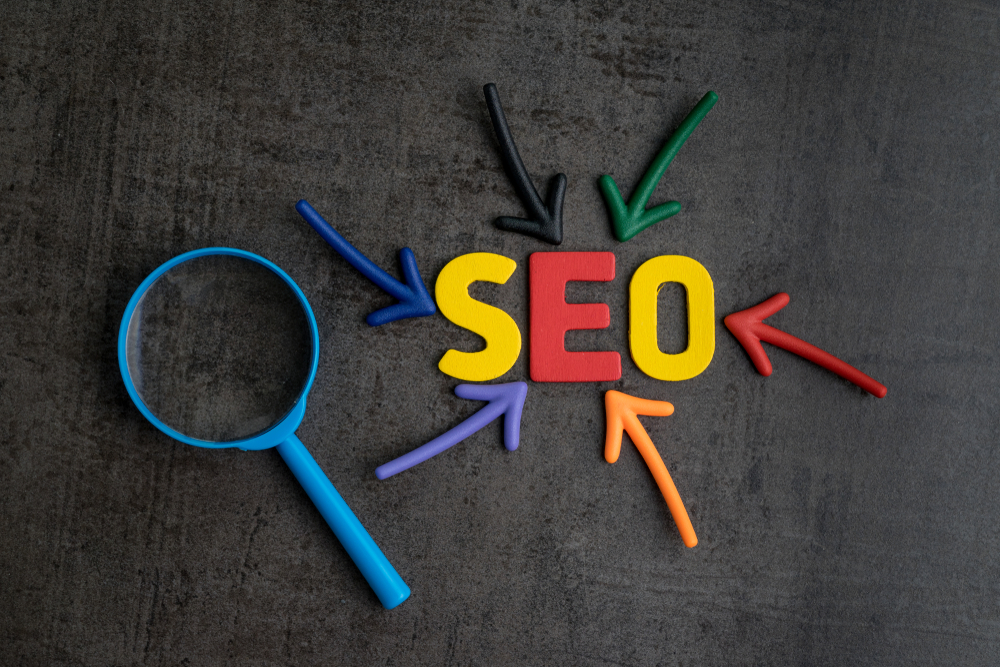In the ever-evolving landscape of online marketing, staying ahead of the curve is crucial for businesses aiming to enhance their digital presence. Pay-per-Click (PPC) and Search Engine Optimization (SEO) are two prominent strategies that businesses often employ to boost their visibility in search engine results. However, the term “Pay-per-Click SEO” might raise eyebrows, as traditionally, PPC and SEO are perceived as distinct marketing channels. In this blog post, we’ll delve into the concept of Pay-per-Click SEO, exploring what it entails, how it works, and why businesses should consider integrating both approaches.
Understanding Pay-per-Click (PPC) and Search Engine Optimization (SEO):
Before delving into the amalgamation of PPC and SEO, let’s briefly distinguish between the two strategies.
- PPC (Pay-per-Click):
- PPC is a paid advertising model where businesses pay a fee each time their ad is clicked.
- It provides quick visibility on search engine results pages (SERPs) and allows advertisers to target specific keywords and demographics.
- Google Ads and Bing Ads are popular platforms for running PPC campaigns.
- SEO (Search Engine Optimization):
- SEO focuses on optimizing a website to improve its organic (non-paid) visibility in search engine results.
- It involves on-page and off-page optimizations, keyword research, content creation, and technical enhancements to boost a site’s ranking.
- The results of SEO efforts take time to manifest but can provide long-term benefits.
Pay-per-Click SEO – Bridging the Gap:
Pay-per-Click SEO is an innovative approach that involves integrating PPC and SEO strategies to maximize the impact of a digital marketing campaign. Here’s how it works:
- Keyword Synergy:
- Identify high-performing keywords through PPC campaigns.
- Incorporate these keywords into your website’s content and meta tags to enhance organic search visibility.
- Data-Driven Insights:
- Leverage the data gathered from PPC campaigns to understand user behavior, preferences, and high-converting keywords.
- Apply these insights to fine-tune your SEO strategy, creating content that resonates with your target audience.
- Quick Wins with PPC:
- While SEO efforts take time to yield results, PPC provides instant visibility.
- Use PPC campaigns to target specific promotions, events, or time-sensitive offers while the SEO strategy works in the background.
- Improved Click-Through Rates (CTR):
- A combined PPC and SEO strategy can lead to higher overall CTR.
- PPC ads grab immediate attention, while organic listings contribute to a comprehensive online presence.
- Brand Authority:
- Consistent messaging across PPC and SEO reinforces brand authority.
- Users are more likely to trust a brand that appears both in paid and organic search results.
Benefits of Pay-per-Click SEO:
- Enhanced Visibility:
- Enjoy increased visibility on search engine results pages through both paid and organic listings.
- Cost-Efficiency:
- Optimize ad spend by focusing on keywords that perform well in PPC, and then integrate them into the SEO strategy.
- Holistic Approach:
- A holistic digital marketing strategy that combines PPC and SEO ensures a comprehensive online presence.
- Adaptability:
- Quickly adapt to changing market trends by utilizing the immediate impact of PPC and the long-term benefits of SEO.
Conclusion:
In the dynamic world of digital marketing, adapting and innovating are keys to success. Pay-per-Click SEO represents a strategic fusion of two powerful marketing channels, providing businesses with a nuanced approach to enhance their online visibility. By leveraging the strengths of both PPC and SEO, businesses can create a symbiotic relationship that not only improves search rankings but also delivers a well-rounded and effective online marketing strategy. As the digital landscape continues to evolve, embracing such integrated approaches becomes imperative for businesses aiming to thrive in the competitive online arena.








